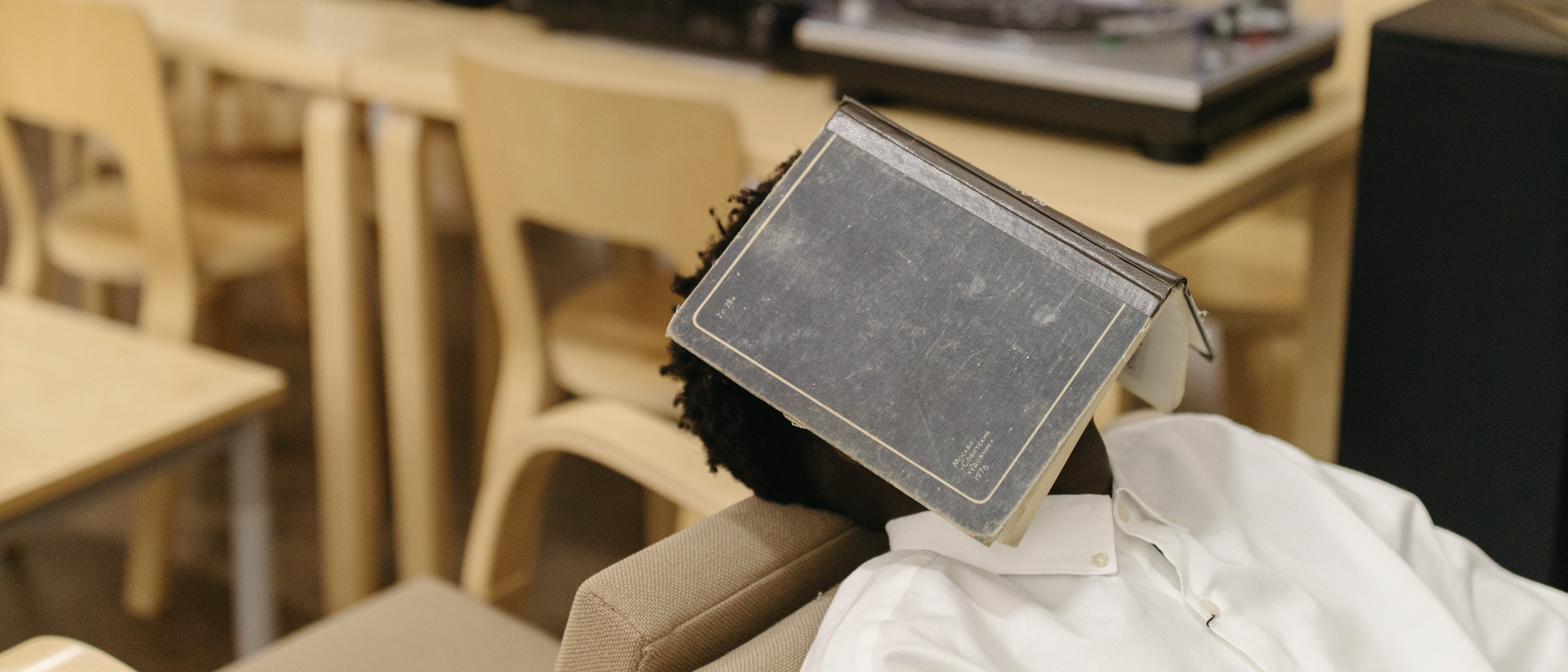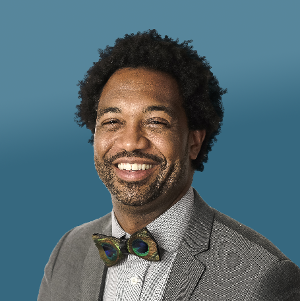In our society and world, the old adage of “the customer is always right” rings true so much so that many successful companies have utilized this motto as the cornerstone of their business model and philosophy. In fact, this has reaped so much success that customers now expect it as a universal norm. Why then does this not ring true in schools?
As educators we have customers and clients; they are our students and families and they should be afforded the same respect, dignity and customer service that they’d receive from the most responsive and inclusive places of business. Greeting students and families as they arrive at school in kind and welcoming ways, showing them that we are aware of and care about their preferences, providing them with choices and options, and being open to feedback - this is what we should all reach towards as educators.
To make these shifts, school leaders and educators need to genuinely listen to their students and families, their "customers and clients," while being incredibly responsive to their feedback. In a universally designed system, it is critical that we create spaces for students to feel safe enough to share their voice and educators have to be ready and willing to change in response to our students' and families' needs.
Educators can gather student voice and critical feedback on practice by instituting what Dr. Christopher Emdin has coined “cogenerative (cogen) dialogues” (Emdin, 2016). According to Dr. Emdin,
Cogens are simple conversations between the teacher and their students with a goal of co-creating/generating plans of action for improving the classroom…. They allow teachers to more effectively deliver complex subject matter to students to bridge their cultural divides before addressing content. ...Instances where the youth and the teacher are from different cultural backgrounds...effectively introducing and implementing the cogen...has proven to be effective in motivating students to engage in dialogues with teachers in ways that allow them to share with their teachers their suggestions for improving the classroom. (p.66)
Cogens are facilitated conversations about the inner workings of spaces, like classrooms, where people cohabit. Cogens welcome self-expression and value the voice of the student as well as students’ critiques of the classroom. In short, teachers authentically listen to students and then make instructional moves to incorporate their feedback.
Cogens, in short, are when teachers authentically listen to students and then make instructional moves to incorporate their feedback.
This may feel easier said than done. It takes being vulnerable and knowing that what we hear might hurt a little (or a lot!). But, if we truly value our students and see them as our customers and clients then we have to be willing to experience discomfort. By communicating to students that not only will we hear their voices on what they need, but that we will also make efforts to respond to and incorporate their feedback into our practice, we are showing that their voice has value and that their voices matter.
Cogens In Action
Take Arnold as an example. Arnold came to the Putnam Avenue Upper School in grade 6 where I was the founding principal. He was small for his age, but made up for it with clothes three sizes too big, borrowed from his older brother. He puffed out his chest when he stepped off the bus every morning. He often greeted the administrative team with a nod of his head or a fist bump.
When Arnold was in eighth grade, he was sent to the office.
I did a double take. I was shocked as he had never been sent to the office before. I knew him well and had a positive relationship with him. I knew he was a huge New England Patriots fan, loved music by Lil’ Baby and was the youngest of three siblings. I was often concerned that he was not applying himself or working as hard as he could but no matter how many times I had convinced myself that I would follow-up with him, to try to push him, there was always something else that pulled my attention in another direction. There were emails to answer, meetings to attend, educator observations to log. Clearly, all of this was important work, but it did not put Arnold first.
Once he was in my office, I let him know that I was disappointed, but that I also held myself responsible, because I cared about him and was aware for a while now that he was not working as hard as I knew he could. I apologized that I let my schedule get too busy to let him know this. As a school leader, I was responsible for the culture and the climate of the school, as well as the experiences of all the students/customers. I wanted him to know that we both could grow from the experience.
I also stressed that although he would receive a consequence for his actions, the incident was not a reflection of how I saw him and that it would not be held against him. In fact, I wanted him to know that I was going to try to have his back, if he needed or wanted that. I stressed it would be a team effort to support, reflect, grow, and apply ourselves differently.
From my perspective, I was nailing it. Everything I did was by the book. I went on to remind him that we are a restorative practice school, shared some authentic micro-affirmations about his potential and committed to having his back. I felt good about myself and thought I probably surprised him by not being upset and expressing faith in him.
I smiled triumphantly, thinking to myself, “I know this kid, he’s going to apologize, and then I’ll work on getting him a tutor to help get his grades up.” I had a plan, great intentions and I was sure that the impact of my words was spot on.
I then asked Arnold what he thought.
“You lying,” he said. “The adults here be cool, say cool things but it’s still wack, ‘cause y’all don’t listen.”
My emotional energy shifted. The stern disciplinarian in me awoke. He was crossing the line.
“No one asked me nothing. Ya’ll don't know what happened or why. Not even you Mr. and you’re supposed to be better than all of ‘em. We supposed to be able to trust and count on you…”
As much as I wanted to dish out a consequence. I took a deep breath and asked, “Arnold, tell me what happened.”
Arnold told me he was up late last night. His mom was sick and it was his responsibility to help out and watch his little brother when she couldn’t. He told me the class he was in was super boring and he had his head down as he was reading. The teacher thought he was sleeping and grabbed his backpack off the floor and slammed it down on his desk. When that happened, one of the buckles on the snaps of his bag hit him in the face. He knew the teacher didn’t do it on purpose, but it hurt when he got hit. He jumped and yelled “f-ing B*%$”. The teacher kicked him out.
My stomach turned. I was sitting face to face with a client, my student, whom I had known for several years, as he shared about not feeling seen or heard. It clicked for me that this had to be connected to him not applying himself. I also knew that if the teacher who sent him to the office had heard his story this situation would be different. So before asking Arnold what he thought should happen next, I made a recommendation.
“Arnold, I’m sorry about the situation that took place. I’m sorry that the bag made contact with you. You need to see the nurse or anything? Because after that, I would like us both to have a conversation with the teacher.”
The teacher took it even worse than I did. He felt so bad about what happened and was very open to engaging in a restorative conference with Arnold as well as starting a cogen group for his class. Once the three of us were back in my office, I invited Arnold to speak first and to share what he remembered about the incident. After hearing his words, the teacher apologized and Arnold did too. The teacher then shared with Arnold that he was looking for a small group of student volunteers, to give him feedback and suggestions on how class is going and he wanted to know if Arnold would be a part of it. Arnold accepted, but only if he would listen to his suggestions on how to make the class less boring. That was the first cogen group that Arnold participated in and it changed who he was as a student. Moving forward he was more engaged, more present and his grades went from a 70 average to the high 90’s.
I truly believe that the voices of our learners should drive the school experience, but I will admit, in that moment I did not act that way. Having restorative structures and policies do not ensure that students will be heard if we don’t commit and recommit to them every day. Participating in a cogen group after this, amplified for him that he had a voice, that his voice mattered and that by sharing his voice, he could make things change for the better for himself and his classmates. We showed him that the customer was right.
Ultimately, we are called to create a learning environment that works for all students, regardless of variability. Sometimes, educators hear about UDL and they are focused on the concepts of voice and choice. Student voice is critical. Without it, we are at risk of making students feel invisible and the consequences are much more severe than walking away with a car. They will walk away without learning and without realizing how brilliant and celebrated and valuable they are.
Continue the Conversation
- Explore UDL for Equity with Mirko Chardin
- Read Equity By Design and download the book club guide to broaden the conversation with your team
- Take the Equity by Design self-paced course
- Explore professional development opportunities



